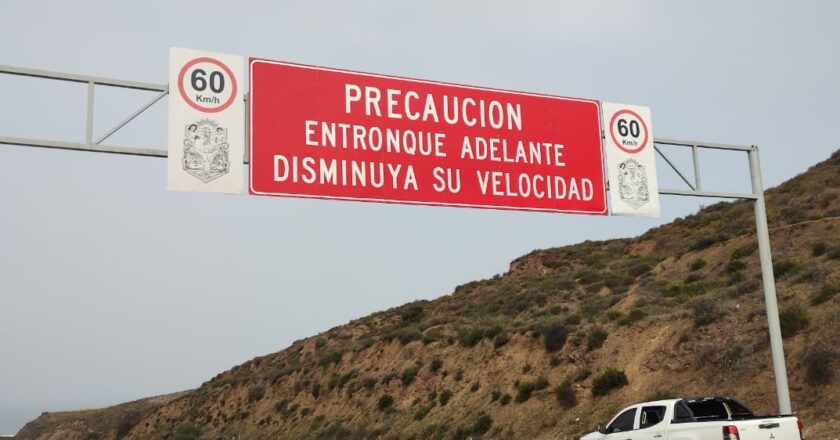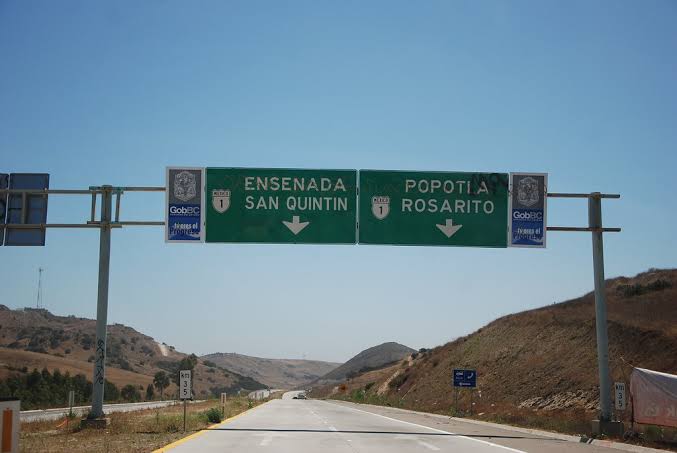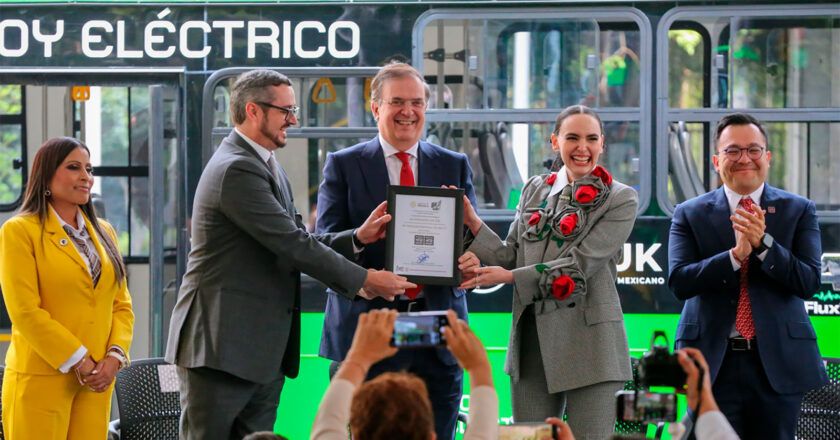If you’ve ever driven down the infamous Blvd. 2000 in Tijuana, you’ve probably asked yourself if your car’s suspension deserved such punishment. Between the potholes, cracks, and random dips, the so-called “express route” connecting Tijuana to Rosarito has been anything but express. But after years of complaints, memes, and broken shocks, the long-awaited reconstruction finally began—and this time, there are actual machines moving, not just promises.
A Road Long Overdue for Help
According to Arturo Espinoza Jaramillo, head of the state’s Infrastructure and Urban Development Secretariat (SIDURT), the official work started on September 15, 2025, along the stretch between the second and fourth kilometer marks of the boulevard. Crews are currently clearing the central median, removing old light posts, and leveling the ground for what will become the first stage of new confined lanes.
That technical term basically means lanes designed to better separate heavy traffic from everyday commuters—something anyone who’s been tailgated by a loaded semi will appreciate. The goal: make this chaotic highway safer and faster for everyone.
What’s in the Plan
This first stage covers 12 kilometers of the total 40 that make up Blvd. 2000. Yes, only 12—but hey, at least it’s a start. As every local knows, the road stretches from the free road to Tecate all the way down to the Tijuana-Mexicali toll booth, and eventually connects to Rosarito. Fixing all of it at once would be ideal, but we’ll take progress over perfection.
SIDURT’s plan includes:
- Full rehabilitation of existing lanes.
- Reconstruction of access points and U-turns.
- Installation of new lighting and drainage systems.
- And, believe it or not, a three-for-one tree replanting program to replace vegetation removed during construction.
If all goes according to schedule, the project should wrap up by early 2027.
Why It Matters
For years, Blvd. 2000 has been the lifeline between the growing eastern suburbs of Tijuana and the coast of Rosarito. Every day, over 120,000 vehicles travel this route—commuters, families, truckers, and yes, the occasional overconfident Uber driver. But its poor condition turned what should have been a 25-minute drive into a daily obstacle course.
The road’s cracks weren’t just cosmetic. They slowed emergency services, damaged vehicles, and frustrated everyone who depended on it. So, for locals, this project isn’t just about asphalt—it’s about finally seeing public investment where it’s needed most.
A Greener Side of Progress
One of the most interesting parts of the plan is environmental. SIDURT announced that for every tree removed from the central divider, three new ones will be planted in nearby parks. In a city where construction often wins over nature, that’s a refreshing idea—if they actually do it. Tijuana residents have learned to celebrate promises cautiously, but at least this one sounds like a step in the right direction.
Drive Safe, People
Espinoza Jaramillo also asked drivers to behave like civilized humans during construction. That means slowing down, respecting cones and signs, and resisting the urge to test whether their car can jump over heavy machinery. Accidents have been common in the area, and a little patience now could mean a much smoother ride later.
What’s Next
The crews are currently focusing on the northern section of the boulevard, but SIDURT says a southern work front will open soon. Once both sections are underway, residents should see noticeable improvements in traffic flow.
It’s hard not to be a little skeptical—after all, Tijuana drivers have seen their share of half-finished projects—but something about this one feels different. Maybe it’s the scale, or maybe it’s the fact that people have stopped rolling their eyes and started taking pictures of actual progress.
The Big Picture
Whether you call it Corredor 2000 or Blvd. 2000, it’s the same battered road locals have cursed for years. The official name sounds fancier, but everyone from cab drivers to delivery trucks just calls it “the two-thousand.” And while 12 kilometers of repair won’t change everything overnight, it’s a visible start—proof that the government finally noticed that eastern Tijuana exists.
When finished, the boulevard should be smoother, safer, and maybe even a little greener. Drivers will spend less time dodging craters and more time actually getting somewhere.
Sure, we’d love to see all 40 kilometers rebuilt, but as every Tijuanense knows: you can’t drive the whole road until someone fixes the first stretch.
For now, engines are rumbling, dust is flying, and optimism—believe it or not—is back on the road.








